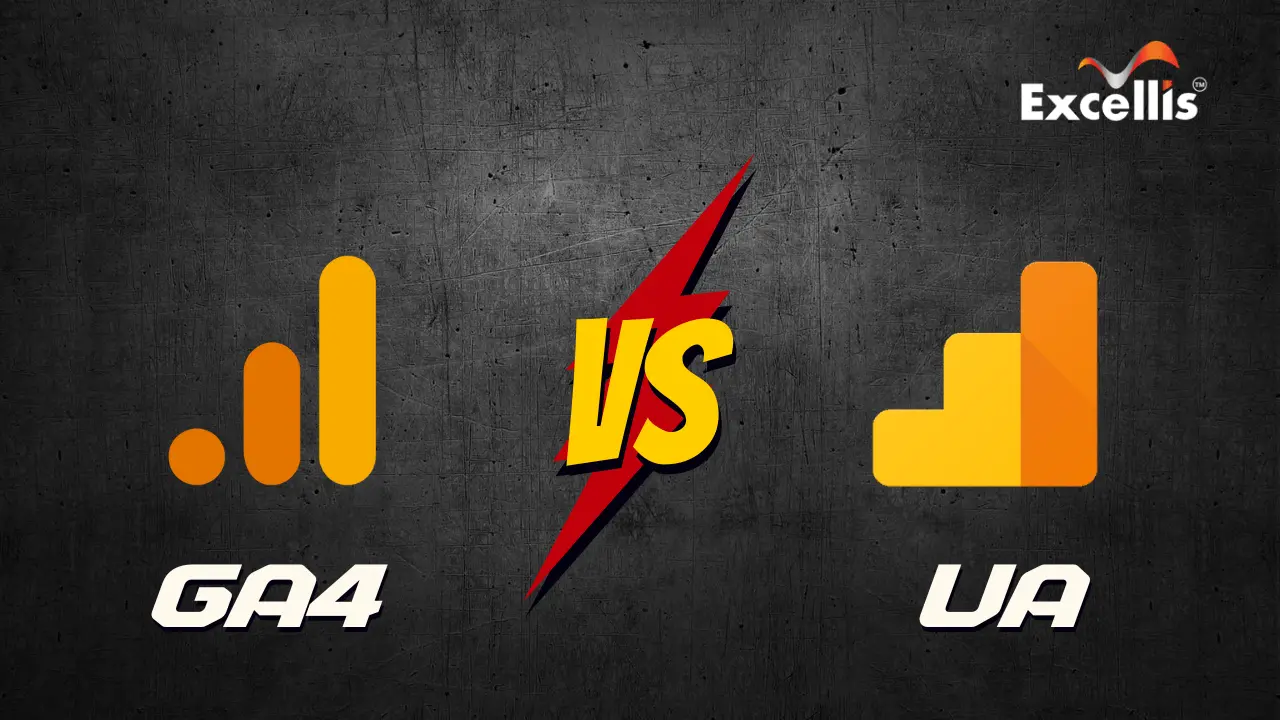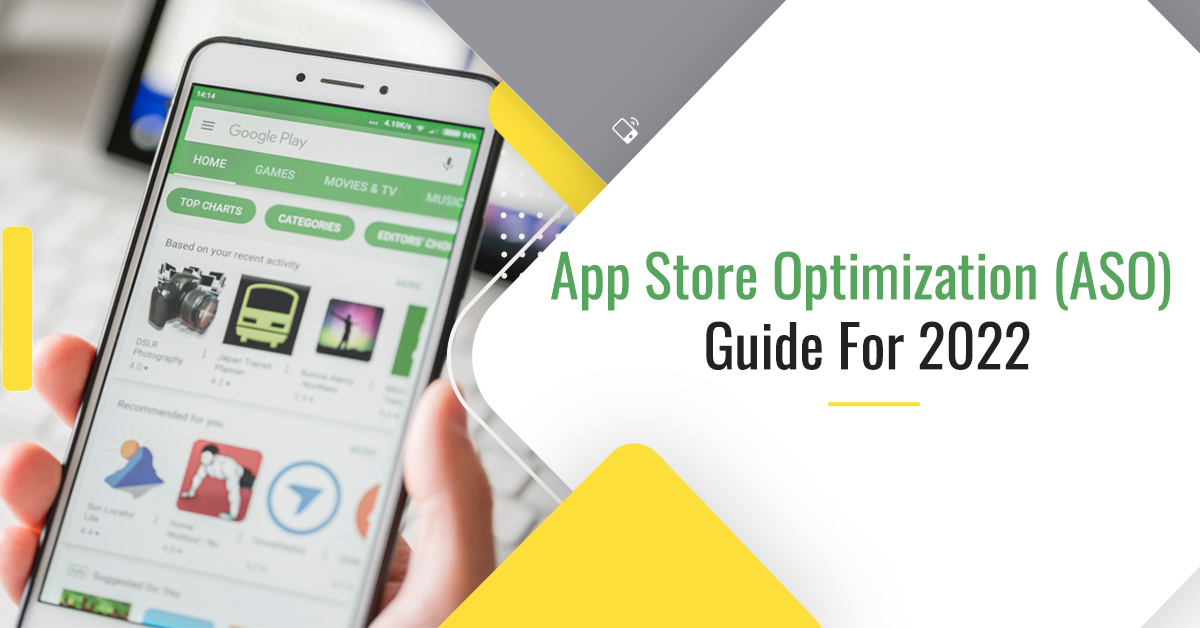
The competition for all verticals is challenging; therefore, launching an app is no joke. According to the International Business Times, the App Store receives around 1,000 app submissions every day. When planning your overall app store optimization guide, it is crucial to research your competition. The most popular technique for discovering new apps is searching the app store. According to App Radar, seventy per cent of mobile consumers use search to find new apps. Furthermore, 65% of all downloads take place immediately following an investigation.
What is App Store Optimization (And Why Is It Important)?
App Store Optimization (ASO) is the process of optimizing, refining, and altering your app’s listing to increase exposure in your preferred app store, such as Apple’s iOS App Store or Google’s Play Store for Android. The better your app’s listing is, the more likely it will appear in app store search results for relevant terms, allowing new potential customers to discover it.
In fact, according to Google, the Play Store is where 48% of their consumers discover new mobile apps. That suggests that a significant share of their annual downloads of 108.5 billion come from this source!
App store optimization strategies 2022 should be part of your marketing plan if you want your apps to have high search rankings and be readily found by your target audience.
Deep understanding of how App Store Optimization works
Apple app store optimization is based on a straightforward premise. The higher your app’s ranking, the more prospective inexperienced users will learn about it. Applying these insights while creating ASO content is critical to understanding your users. The primary goal of content optimization is to enhance organic downloads and listing visits. Said, app store optimization is equal to traffic plus conversion. App Ratings have a direct relationship with app discovery. The app’s quality is a determining element for high ratings, so optimizing one’s content is critical. It is also crucial to prompt consumers to submit positive feedback appropriately. This also aids in determining how people locate and interact with your app. App store optimization (ASO) boosts revenue and lowers costs by increasing downloads.
What’s The Difference Between SEO and ASO?
Search engine optimization (SEO) and app store optimization (ASO) are remarkably similar because you are taking a website and optimizing it to display relevant keywords in a database; search engine optimization (SEO) and app store optimization (ASO) are remarkably similar.
Some of the same tools that you would use for SEO and ASO can also be used to assist you in researching keywords, assessing rivals, and improving your app store listings. This is accomplished through SEO, which focuses on traditional websites and optimizes them to rank inside search engine algorithms such as those provided by Google and Bing. ASO does this by concentrating on app store listings and optimizing them for app store algorithms, such as those used by the Google Play Store and Apple App Store.
Effective SEO and ASO methods will give you a decent chance of appearing on the results page when a user puts in a keyword, such as fitness apps for women. ASO could be compared to app store SEO from afar if you look at it. However, if you look closely, you will notice that the similarities cease there. SEO is a technique for boosting a website’s or web page’s organic traffic and visibility. It aims to match consumers with the appropriate information or services based on their needs. ASO is a technique for increasing an app’s visibility and more organic downloads. Improved ranks in app stores and relevant search engines are part of this strategy. Both marketing techniques are concerned with ranking in distinct databases, each with its ranking criteria. Organic SEO services providing companies also help with ASO.
App Store Optimization – Essentials
It is critical to follow principles that comply with app store optimization in general, regardless of the app store on which you are working.
Let us look at the app store optimization checklist (ASO)
1. Crafting the perfect app title:
On the Google Play Store, your app title can be up to 50 characters long, but on the Apple App Store, it can only be 30 characters long. The first step in app store optimization is to use keywords in your app title that have the most ranking weight. Use words in your app title related to your app, easy to understand, uncomplicated, and one-of-a-kind.
2. Your app’s keyword research:
The second step in-app store optimization is to research to determine the best-fit keywords. The following factors should be considered when determining what keywords your app should be found with:
- The app or game’s primary features
- Category of application
- Apps that are like yours
- Synonyms for the characteristics.
- App terminology that is commonly used
AI suggestions are not all negative. Several App Store Optimization tools are available to help you with your first set of keywords. App Radar, for example, delivers keyword ideas that are specifically targeted to your needs.
3. Write your App Description:
The third stage in app store optimization is to write your app’s description. The description of the app should be focused on the target market. It should encourage people to download the app. Even if your long description has a character maximum of 4000, bear in mind that you only have 252 characters before the “More” link truncates the rest of your report. Keeping this in mind, make your pitch concise and to the point to ensure that the consumer understands why your software is worth downloading. If you plan on repeating keywords for the Google Play ASO, keep an eye on the word count to avoid keyword stuffing, which could damage your search results rankings. Ensure the long description stays within 4000 characters, is informative, simple to understand, well-structured (bullet points, emojis), and contains keywords (especially with Google Play).
User also read: Social Media Marketing Trends for 2022
4. Create App Screenshots and Videos:
The fourth stage of in-app store optimization is to persuade your visitors to download your app. When it comes to conversion rate optimization, screenshots and videos are crucial.
In the first two screenshots, your most essential points must be conveyed. App images and videos allow you to show the user how to use your app or game.
Screenshots are an excellent way to draw people’s attention to your content. Please make use of them to explain how your program may assist consumers. Every screenshot should focus on a particular app feature. Adding a small description text on a white background will help you in your screenshots.
Make sure your screenshots are readily visible on a dark background now that Dark Mode has taken over the retailers. Make sure your CTAs are easy to read and understand without the need to zoom in. Screenshots and videos are excellent ways to demonstrate your app’s top features to someone who has not yet tried it. Some developers use videos to indicate the app, while others produce a marketing film with captions and music, depending on what works best for the app.
5. Getting the right App Icon: A/B testing:
In-app store optimization, A/B testing is the fifth phase. This is used to compare and test two possibilities to assess the outcomes. Trying the aesthetics and creative materials is essential to evaluate which one works best. You can use AB testing to compare two options and determine which one gets more clicks. You can then pick the colors or characters your users like after this information.
The native A/B tool on Google Play helps compare the performance of different sets of icons and screenshots. The App Store should not be used to apply Google Playtest findings. Instead, test current vs. new screenshots using a Search Ads campaign.
6. App Listing and Localization:
Another crucial aspect of app store optimization is localization. This is the process of customizing your app’s description and images to appeal to specific geographical areas. You can convert them into other languages using existing information, keywords, or screenshots. Customers will get a more tailored experience because of this. There are tools for app store optimization and localization, and translation services.
Remember to include CTAs in your screenshots when localizing your app page. If you want to target a specific geographic location or market, you must adapt your material. To reach out to the local audience, changes to the brand’s message, audience language, screenshot captioning, and so on will be necessary. More clients will be able to find your app in their native language, resulting in increased adoption and conversion.
User also read: Why Should You Choose React Native for Hybrid App Development?
7. App Ratings & Reviews:
The app store optimization process ends with this stage—the greater the app’s ranking and relevancy in the app store, the better the rating. Users appreciate developers that listen to their customers and consider their feature requests. According to App Radar, eighty percent of mobile users read at least one review before downloading an app. As a result, responding to the review is vital.
If an app is well-liked, users are likely to submit reviews. Developers can use app plug-ins to encourage users to post reviews within the app.
In Short,
It is critical for an app publisher to create a mobile app with the finest available functionality. On the other hand, App store optimization is just as vital as development because it allows developers to reach a larger audience with their apps. The more people who have seen the app, the more likely it will be downloaded. Since its beginning in 2008, app store optimization has grown in popularity. This method has aided several app publishers in increasing the download rate of their apps. If you are an app publisher trying to improve your user acquisition, reach out to our ASO experts for assistance. There are many digital marketing companies in Kolkata to help you out.
More reasons to trust us!
Excellis IT is building a skilled team in IT support, customer support, digital marketing, and back-office services for modern companies.
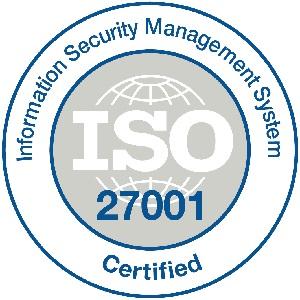
Excellis it is an esteemed ISO/IEC 27001:2022 certified company
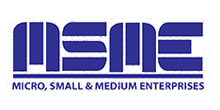
We achieved the prestigious certification by MSME in 2019

We are certified by the Central Vigilance Commission
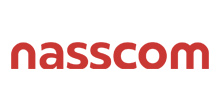
We are an honoured members of NASSCOM since 2022




